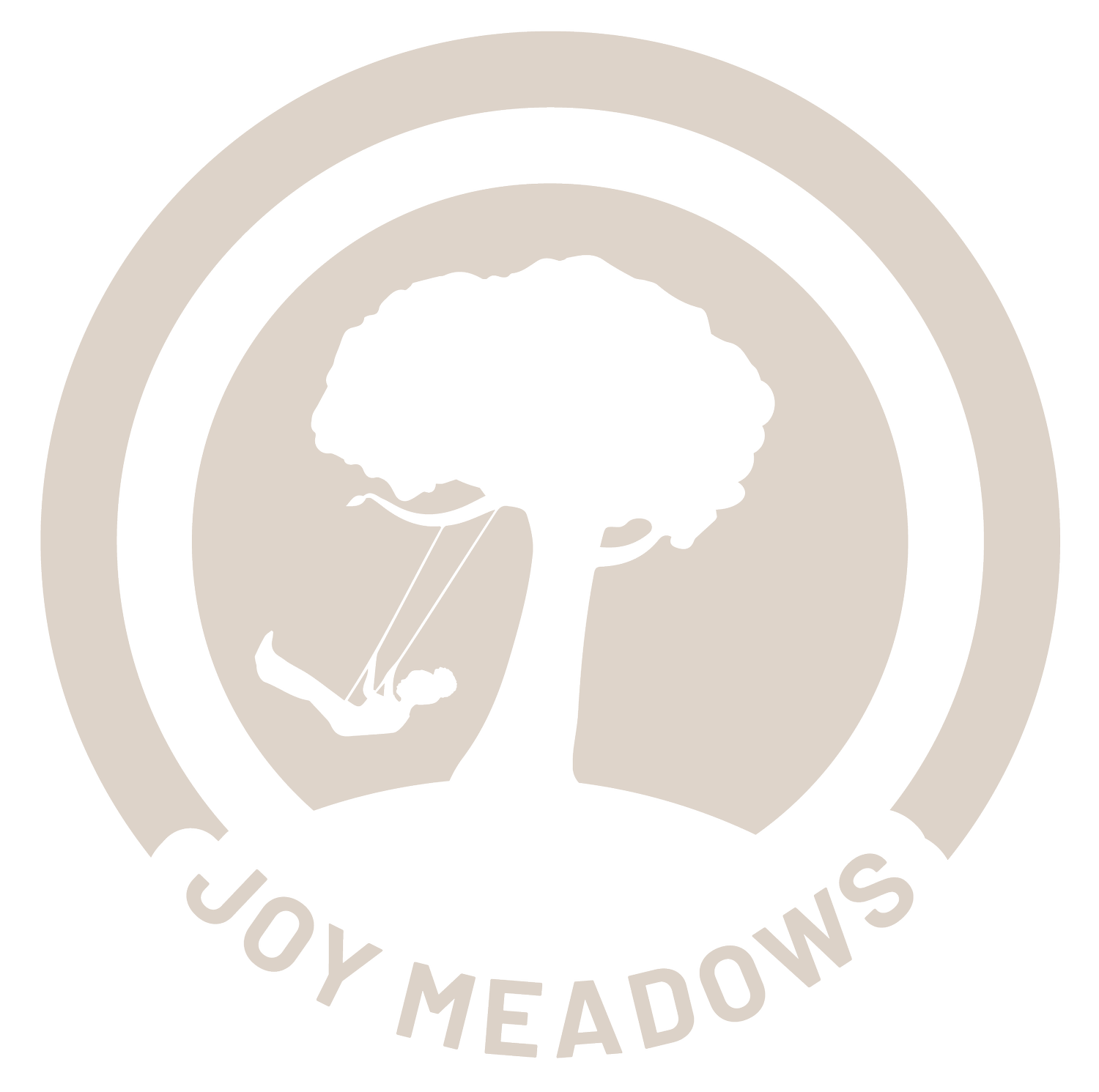Why Keeping Siblings in Foster Care Connected Matters
Research shows that there is an important bond between siblings, particularly those who have gone through trauma, such as entry into foster care.
Joy Meadows is committed to keeping siblings connected. Where possible, we want to keep them in one single-family home placement, or at least in close proximity, to foster bonds, minimize trauma, and promote resilience so that each child can have the best possible outcome. When children are separated at the initial placement in foster care, they develop different social histories, and it can become more difficult to reintegrate the family together in the future. Joy Meadows recognizes the importance of the sibling connection, and while that may not always be in the same placement, being near each other to have the same experiences in foster care is essential for their future plan for permanency—whether that be reintegration with family or adoption.
THE PROBLEM AND BENEFITS:
Approximately 2/3rds of children in foster care in the U.S. have a sibling also in care. Many are not placed together. Foster youth describe this experience as "an extra punishment, a separate loss, and another pain that isn't needed." (Child Welfare Information Gateway, "Sibling Issues in Foster Care," Jan. 2013 - secondary sources are cited there).
Sibling relationships take on more importance in child welfare families, research has validated that sibling relationships can promote resilience. A secure attachment to a sibling can diminish the impact of adverse circumstances such as parental substance abuse, mental illness, or loss. (Child Welfare Information Gateway, "Sibling Issues in Foster Care," Jan. 2013).
Siblings are often the only source of continuity. Therefore, it is especially important to protect these ties as they promote a sense of safety and well-being. (Child Welfare Information Gateway, "Sibling Issues in Foster Care," Jan. 2013). Separation causes additional loss, grief, and anxiety over their siblings' well-being.
The support of siblings is helpful in the immediate adjustment to the trauma of placement and continues to offer support to the child over the court of time in care and into adulthood. (Child Welfare Information Gateway, "Sibling Issues in Foster Care," Jan. 2013).
Studies show that separated siblings in foster care are at higher risk for negative adjustment outcomes, including running away and higher levels of behavior problems, and are at the greatest risk for poor mental health and socialization (Child Welfare Information Gateway, "Sibling Issues in Foster Care," Jan. 2013, citing Courtney, et al, 2005 and Hegar & Rosenthal, 2009).
Barriers to placement together:
Size of the sibling groups
adequacy of placement resources and support
agency rules regarding the number of children who can be placed together
In an interview of caseworkers of kids in care who were separated from their siblings, the most common reason given: "we could not find placement for all" together. Child Welfare Information Gateway, "Sibling Issues in Foster Care," Jan. 2013, citing Leathers, 2005).
Outcomes:
A Texas study of adult foster alumni found that those with greater access to their siblings had higher levels of social support, self-esteem, and income and stronger adult-sibling relationships than those without (McCormick, 2009).
Some studies find that children placed with their siblings also experience more stability and fewer disruptions in care than those who were separated. (Albert & King, 2008).
Placing siblings in the same home relieves caseworkers of the obligation to arrange and carry out visits among siblings, and communication between birth and foster families is made more manageable, giving time and resources to the resolution of the issues giving rise to foster care placement.
For a list of up-to-date research examining the bond between siblings and the benefits of preserving sibling connections for children in foster care, see "Research on the Benefits of Keeping Siblings Together" by the Child Welfare Information Gateway.
The Joy Meadows Foster Care Community Difference
Joy Meadows is developing a neighborhood of foster homes on our beautiful 23 acres in Linwood, KS. The foster homes are single-family homes provided so that foster families who are good at what they do, will have the opportunity to live in a home where space allows for additional children to be placed with them, thus providing more children with a stable family environment. An emphasis is placed on putting sibling groups within the same home, or at least in close proximity to one another, at the time of entering into foster care.
Learn more about Joy Meadows Foster Care Community Model
